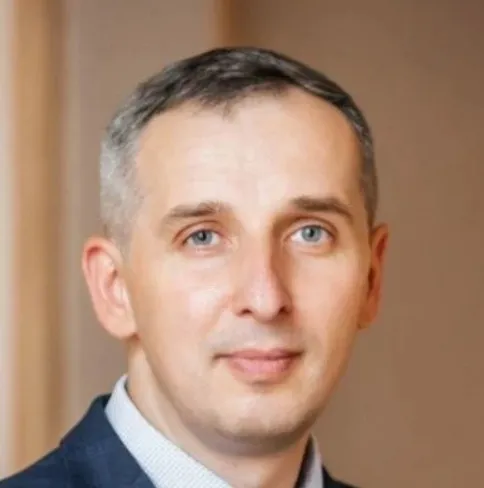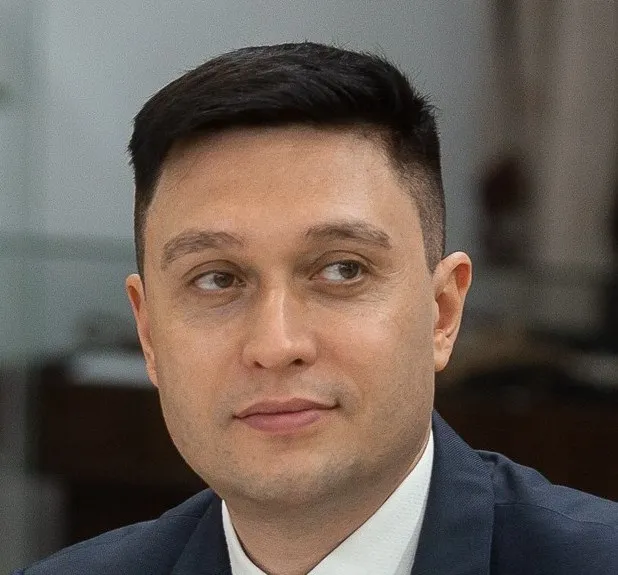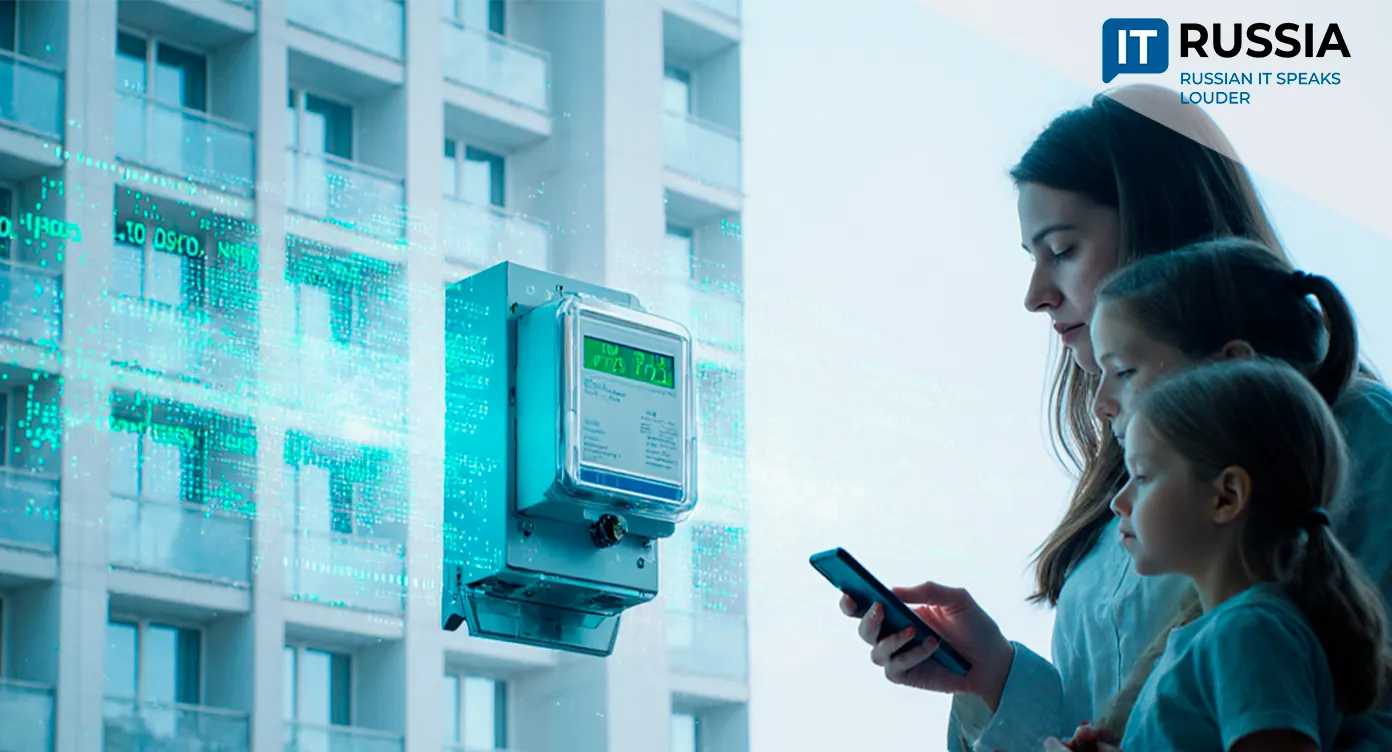Bioinformatics Lab in Tomsk: How Sber and SibGMU Are Building the Digital Future of Russian Medicine
In Tomsk, a new bioinformatics lab has opened at the Siberian State Medical University with the support of Sber. The initiative combines science, education, and technology to transform biomedical research and medical practice in Russia.
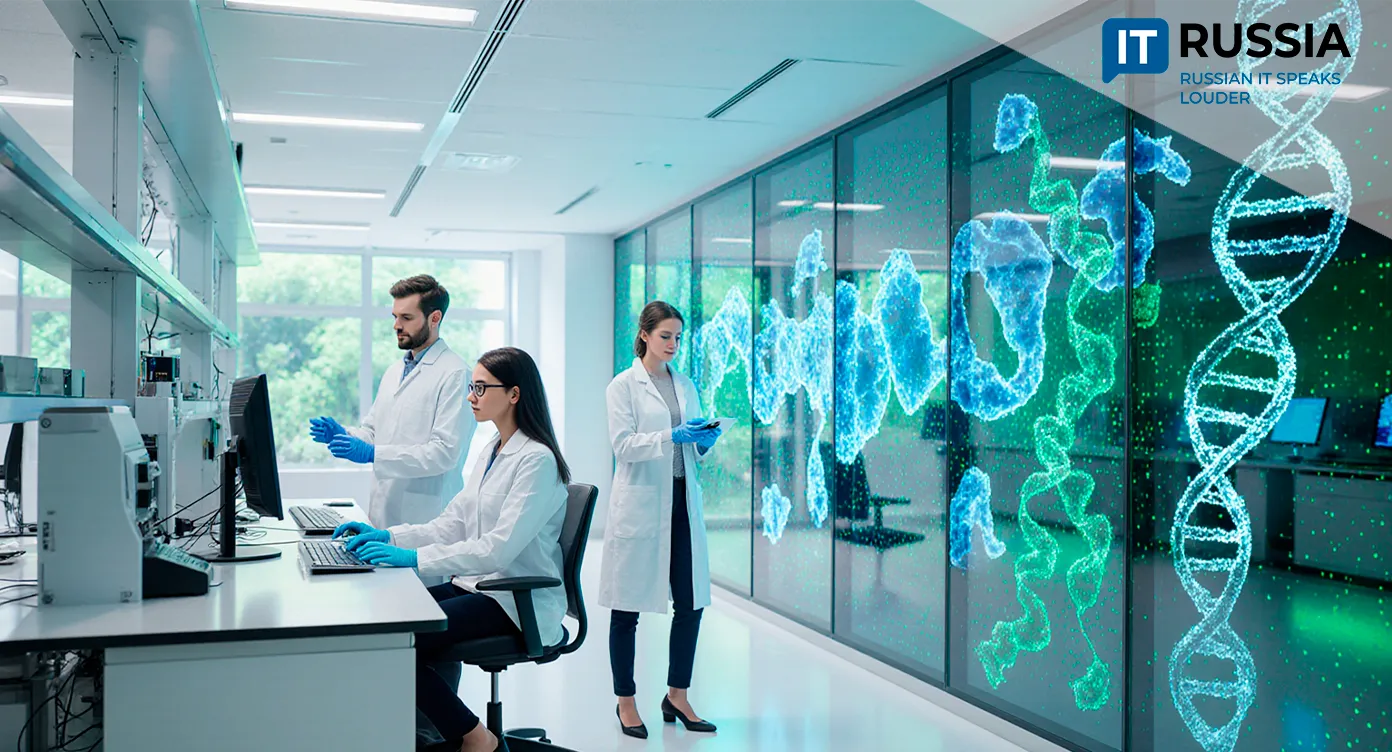
From Algorithms to Saving Lives
Tomsk has witnessed a milestone in the development of Russian biomedical science. At the medical-biological faculty of the Siberian State Medical University (SibGMU), supported by Sber, a new bioinformatics laboratory has been launched. It is not just a research facility, but an innovation hub uniting science, education, and high technology.
The lab’s mission is to create algorithms that turn genomic data into diagnoses, molecular models into drugs, and the chaos of biological information, into practical healthcare solutions. Researchers will model protein interactions, train neural networks to detect disease markers, analyze DNA sequences, and build computer simulations of pharmaceutical compounds. These projects aim at real-world outcomes: diagnostic systems, personalized medicine, and new therapeutics.
Importantly, students will participate in projects from the very beginning — not as observers but as contributors. They will work on challenges supported by major funds, including the Russian Science Foundation and the Foundation for Assistance to Small Innovative Enterprises.

Education as Transformation
The lab is also a significant educational hub. In the coming years, it will develop new modules, courses, and professional training programs for doctors, medical staff, and IT specialists. Today, doctors know how to diagnose, but they cannot interpret genomic data; programmers can write code but lack biological knowledge. The the joint SibGMU and Sber lab aims to close that gap.
This is the first large-scale project in Siberia where medical education is aligned with digital competencies. Within five years, graduates will enter the labor market capable of interpreting genomic data and applying AI to predict treatment effectiveness.
Technological Sovereignty: From Region to Nation
The lab’s significance extends far beyond Tomsk. It is part of Russia’s broader strategy for technological sovereignty. Until now, Russia relied on foreign platforms for genome analysis, imported databases, and bioinformatics software. Now it is building its own ecosystem: from algorithms to training courses.
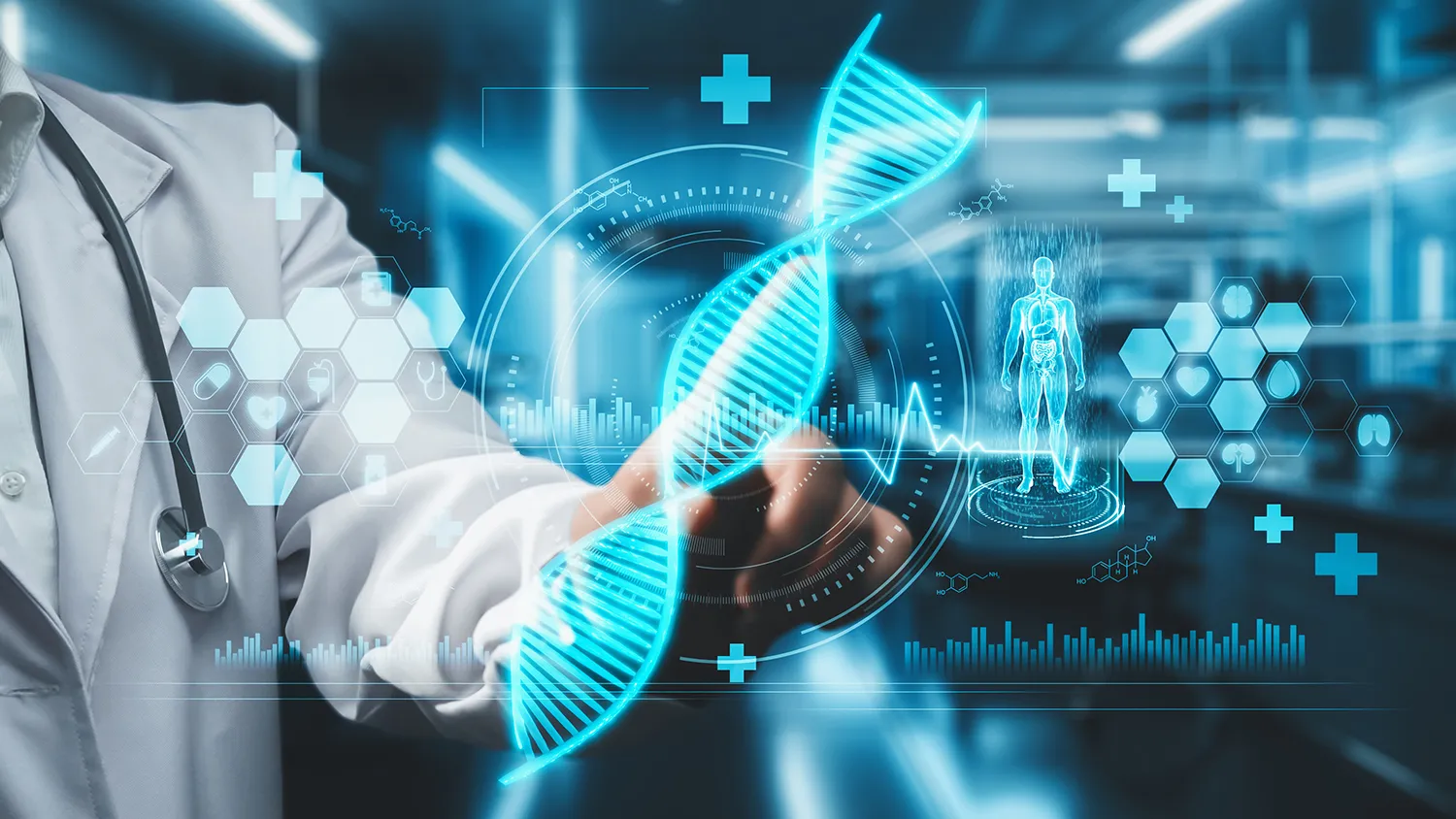
Partnership with Sber is key. As a technology giant, Sber demonstrates that banks can be more than investors — they can be strategic partners in scientific exploration. Such collaboration is rare among Russian universities, providing integration of education, science, and practice, and involving students directly in research.
The Growth of Bioinformatics
Leading Russian universities — MSU, NSU, and SPbU — have been developing bioinformatics in recent years, launching their own programs and research centers. National initiatives such as “Science-2030” and “Priority-2030” are channeling billions of rubles (tens of millions of USD) into transforming universities into innovation hubs. But Tomsk is the first region where this transformation has been catalyzed through private partnership.
Globally, the trend is similar. After the COVID-19 pandemic, bioinformatics became central to modern medicine. EMBL-EBI, the Broad Institute, Stanford, and MIT have launched dozens of projects to analyze viral genomes, design vaccines, and develop personalized therapies.

What Comes Next
What will this lab mean for Russian citizens?
More accurate data analysis, better-targeted drugs, and faster assessments of genetic risks.
What will it mean for Russia?
Stronger domestic biotech capabilities and reduced reliance on imports.
And for the world?
Russia is emerging as a visible new player in biomedical innovation — with a distinct national focus, incorporating data from Siberian and Far Eastern populations, and developing drugs tailored to the country’s genetic profile.
In the next 3–5 years, we can expect joint projects between medical universities and pharmaceutical companies, the first specialists with dual expertise in medicine and data science, publications in international journals, and exports of bioinformatics software to Asia and Latin America.
Tomsk Creates a New Kind of University
The Tomsk bioinformatics lab is not just about powerful computers in new facilities. It marks a shift in Russian education: science connected to practice, students as active creators, and banks as co-investors in human capital.
This initiative shows how technological sovereignty can be developed in practice. As such projects spread across other regions, Russia could become a leader in bioinformatics — and in healthcare.


